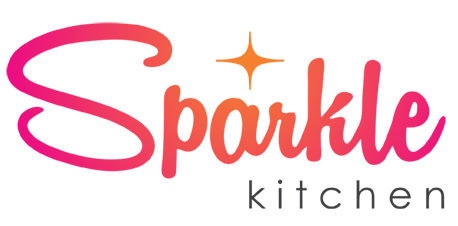What are the makings of a complete meal? Before I began this health journey I thought anything could be considered a meal as long as it had enough calories. Chocolate chip cookies for breakfast? Why not? Salad with lemon juice only dressing for lunch? Entire bag of popcorn for dinner? That used to be my life and I was unsatisfied all the time, snacking constantly throughout the day. A meal must be complete in order to achieve satiety and eliminate that desperate urge for snacks four times per day.
A Complete Meal is Important for:
►Controlling your appetite
►Reducing stress and inflammation in the body
►Turning calories into energy
►Weight management
►Regulating hormones
A complete meal includes protein, healthy fat and good carbohydrates. The body requires a combination of fuel for maintenance and if it’s not receiving what it needs then your health suffers. All three work to build a balanced breakfast, lunch and dinner. I’m a proponent of three full meals per day. This gives your body time between meals for rest from digestion. At each meal look down at your plate and ask yourself if you’ve included enough protein, fat and carbs. This way you’ll be less likely to snack.
3 components of a Complete Meal:
►Protein
►Fat
►Healthy Carbohydrate
Percentages of these three components will vary greatly among people. Just as caloric needs differ, percentage of daily protein, fat and carbohydrate follow that same principle. Much of it is trial and error. Listen closely to your body. Experiment. Are you stuffed after lunch? Try cutting down the portion size tomorrow. A food journal can be extremely helpful for monitoring your food and feelings. I kept one for a year before I found the right balance for my body. And that’s still changing. On days with more intense work-outs I up my carb intake. Check in with yourself every month or so and ask if your food or caloric needs require shifting.
Again, the percentage of each component will vary in each person. I personally aim for:
75 grams of protein; 1 can of tuna is 25 grams
50 grams of fat; about 1 tbsp at each meal
100 grams of healthy carbs; 2 cups of sweet potato is 60 grams
Protein, Fat and Healthy Carbohydrates
Quality is everything. That’s the first thing to remember. Focus on whole foods. Eating frozen chicken fingers and potatoes fried in soybean oil is not nourishing your body. All that’s doing is causing inflammation and storing fat. Below I’ve outlined proteins, fats and healthy carbs for creating complete meals.
Protein
Wild-caught fish, eggs from pasture-raised chickens, fish, seafood, any type of red or white meat such as beef and turkey, some nuts and seeds.
Fat
Any type of animal fat from pasture-raised animals, fatty fish like salmon, butter, ghee, olive oil, nut oils, coconut oil and palm oil. Keep in mind the proportion of fat naturally occurring in meat and fish.
Look to my Fats and Oil article for more guidance here.
Healthy Carbohydrates
All vegetables, fruits, nuts, seeds, rice, other grains and legumes. Focus first on vegetables and fill in with others.
Here are some examples of Complete Meals:
Breakfast:
►Omelette with 1-2 cups vegetables cooked in ½ tbsp olive oil
►Sausage and a smoothie with mango, kale, avocado and full-fat coconut milk
►Scrambled eggs and roasted sweet potatoes in ½ tbsp coconut oil
Lunch:
►Big salad topped with salmon and homemade lemon olive oil dressing
►Bun-less grass-fed beef burger topped with a variety vegetables cooked in ½ tbsp lard
►Chicken thighs and roasted root vegetables cooked in coconut oil
Dinner
►Beef chili and turnip greens cooked in lard
►Zucchini noodles with spaghetti sauce and meatballs cooked with beef fat
►Salmon fish cakes with salad greens, raw carrots and olive oil dressing
Resources:
1 Meal vs. 3 Meals, http://www.marksdailyapple.com/3-meals-a-day/#axzz3QnsBlrcD
Effects of dietary fatty acid composition from a high fat meal on satiety, http://www.ncbi.nlm.nih.gov/pubmed/23688821
How Much Protein Should You Be Eating?, http://www.marksdailyapple.com/how-much-protein-should-you-be-eating/#axzz3Qnwz6tfx
What’s the ratio fat/protein/carbs Primal Sweet Spot of weight loss?, http://www.marksdailyapple.com/forum/thread39504.html
Carb/Fat/Protein ratios for women: weight-loss (new to Paleo/Primal), https://www.paleohacks.com/newbie/carb-fat-protein-ratios-for-women-weight-loss-new-to-paleo-primal-22182
and Alex loves The Checklist Manifesto
by Atul Gawande. Alex also enjoys using the checklist and to-do app called Tick Tick.

